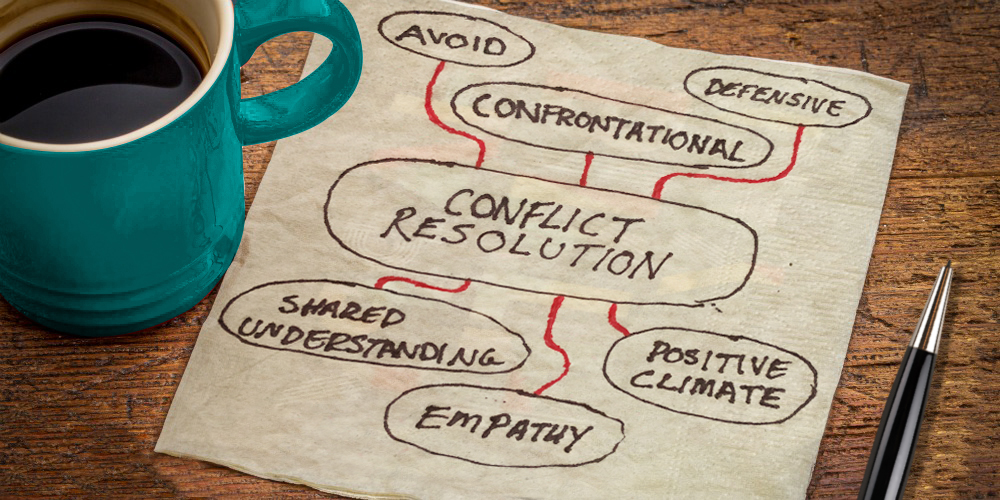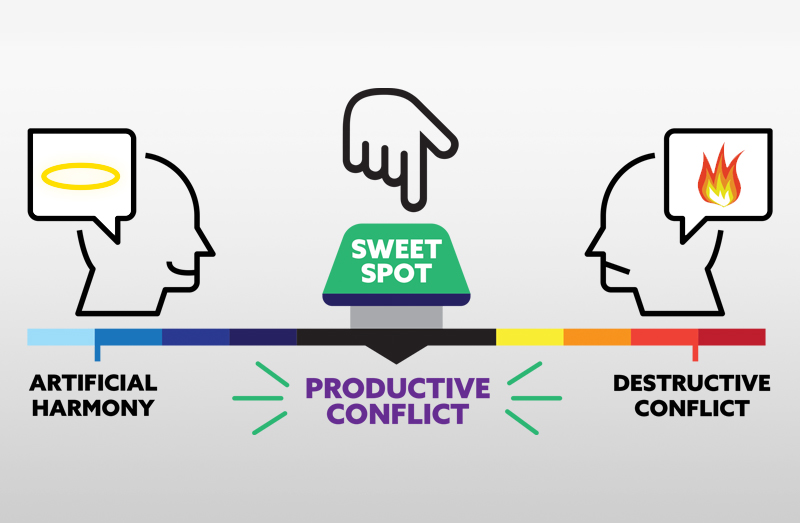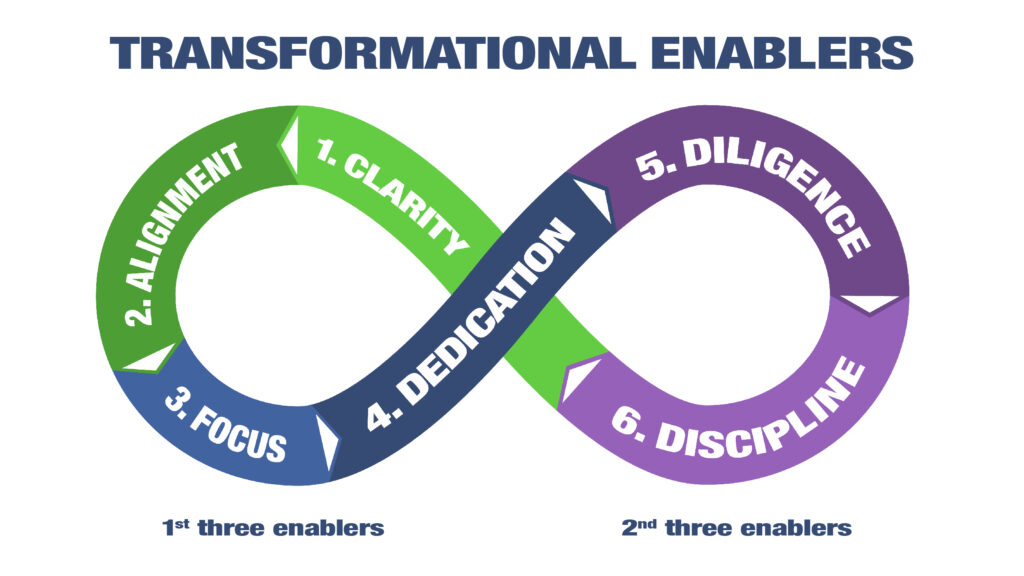INTERVIEW WITH DR. JOANN FARRELL QUINN
“We’re being judged by a new yardstick: not just by how smart we are, or by our training and expertise, but also by how well we handle ourselves and each other.”
Daniel Goleman
In this interview, Joanne Farrell Quinn, PhD, offers important insights for honing the skill of conflict resolution, a critical competency of Emotional Intelligence.
Dr. Quinn is on the faculty at the University of South Florida, Muma College of Business Administration. She also serves as the Director of SELECT Competency Assessment with the Morsani College of Medicine. She is the co-author of The Importance of Emotional Intelligence in Healthcare and Cultivating Leadership in Medicine.
I asked Dr. Quinn about what it takes for leaders to engage in conflict resolution.
Why is conflict resolution challenging for leaders?
Dr. Quinn: Conflict, obviously, is a huge issue with people in general and, of course, in organizations, because the majority of people are (or have been taught to be) conflict avoidant.
First of all, leaders tend to kind of fall to one spectrum or the other and have to determine whether their default is to be avoidant or is to be more aggressive, right?
Secondly, leaders have to meet people where they are. That is the basis of emotional intelligence. As a leader, you need to understand how you approach conflict yourself and then how other people and their teams approach it as well.
Third, I train physicians to improve conflict resolution—whether it is with colleagues or with patients—by gaining a shared understanding. Shared understanding almost always helps leaders come to positive resolution by trying to get to a goal that is better for both of parties.
How do leaders create shared understanding?
Dr. Quinn: Richard Boyatzis, PhD, has studied the neural network of shared understanding. It is called the Positive Emotional Attractor, the PEA. There are two things that are super interesting about that study that mapped how the human brain changes with shared understanding.
The first thing is to understand where we go with our minds during conflict. Our brains are hardwired to defend us when in conflict. That is our survival instinct, which is a complex neural network called the Negative Emotional Attractor, or NEA.
The problem is that the NEA becomes invoked very easily with confrontational questions that seem benign. When leaders ask a subordinate something as simple as “How are things going?”, the employee might automatically take that as a negative.
Emotionally intelligent leaders set the stage by focusing on evoking the Positive Emotional Attractor. Leaders who ask, “What will it look like to be on time with our project, and what does that mean for your team?” create shared understanding first, and then ask about the status of that project.
That is where that shared vision pumps in. Imagining what you want to happen and then sharing that with someone else and having them understand that future state, which is so important, keeps them from sliding into the negative.
How do leaders impact engagement and performance?
Dr. Quinn: Daniel Goleman, PhD, in his book Focus, describes the research that suggests up to 70 percent of the organizational climate is set by the leaders. Because of that research, leaders should be paying attention to how much of the positive or negative they are evoking!
Leaders at every level of an organization influence the brain chemistry of those around them.
Employees take cues from leaders as to how they should act and react in different situations. That is why it is important for leaders to set that positive climate by inspiring a shared vision, a shared understanding.
Leaders may not realize the damage to engagement and productivity for teams when not evoking the Positive Emotional Attractor with shared understanding. If leaders set the right tone, having created those relationships that are based on trust and transparency, and even if leaders are very commanding and pace setting, then that is okay. People understand how to react to it. Actually, what is even more interesting is that if you, as a leader, are always commanding and pace setting, employees and teams are more likely to respond positively to you more than if you are erratic in your behavior.
Teams and employees focused on performance prefer to understand what their expectations are, but if leaders act erratically and teams do not know what to expect, leaders create a negative emotional climate, like walking on eggshells.
What Emotional Intelligence competencies foster conflict resolution?
Dr. Quinn: Leaders should always be focusing on their self-awareness because that is the key to everything. It is the key to what you are recognizing in yourself, but that also opens the door to what you are recognizing in other people as well. We are looking into ourselves when we are looking to see what we see in other people, so self-awareness is super, super important.
Leaders have to be self-aware in a conflict situation, even if it is a minor conflict. With self-awareness, leaders keep that prefrontal cortex—the executive thinking function of the brain—engaged to recognize they are responding instead of reacting from the limbic fight-or-flight response.
Also, leaders need to practice empathy. There are three levels of empathy. Just the basic level is cognitive empathy. Then there is the emotional empathy where you are moved to feel with someone. The third level is compassionate empathy, when you feel like you must take some sort of action to influence the situation to help.
Empathy is so important. What would happen if you, as a leader, became more empathetic, became more in tune with what is going on with other people and teams around you? If you have empathy, you are going to be better at engaging with another if you need to resolve something, because you are going to relate. Recognizing that we all have different ways of thinking and perceiving situations is crucial for productive conflict resolution.
Finally, leaders must not forget that organizations are made up of teams of people. Leaders should focus on shared understanding to align employees and their teams to move in the same direction to accomplish something that gives them purpose and meaning. Without purpose and meaning, ultimately it does not work out in the end.











